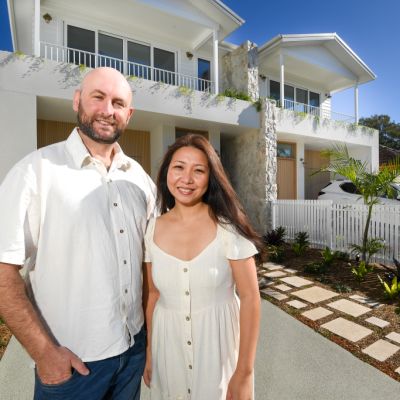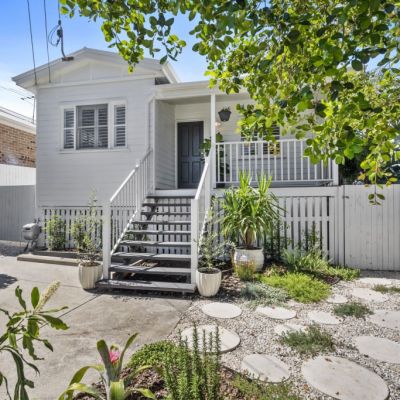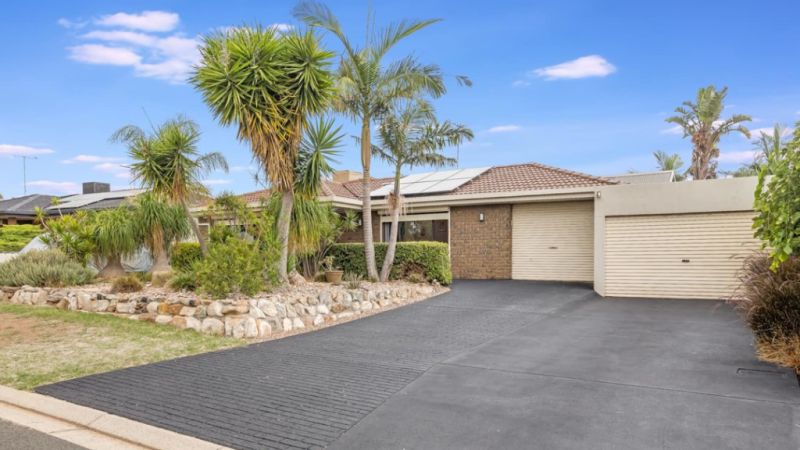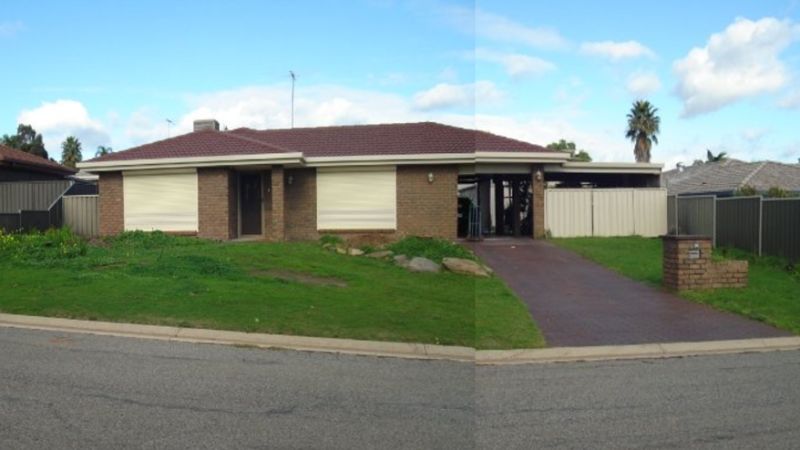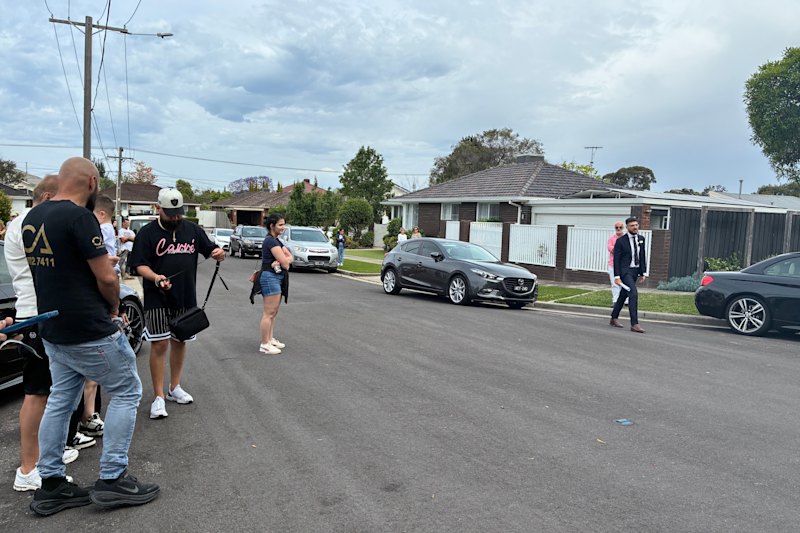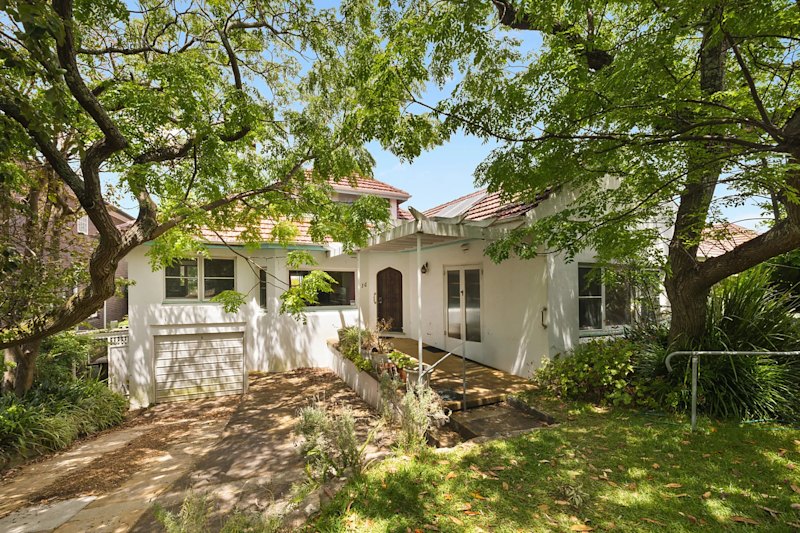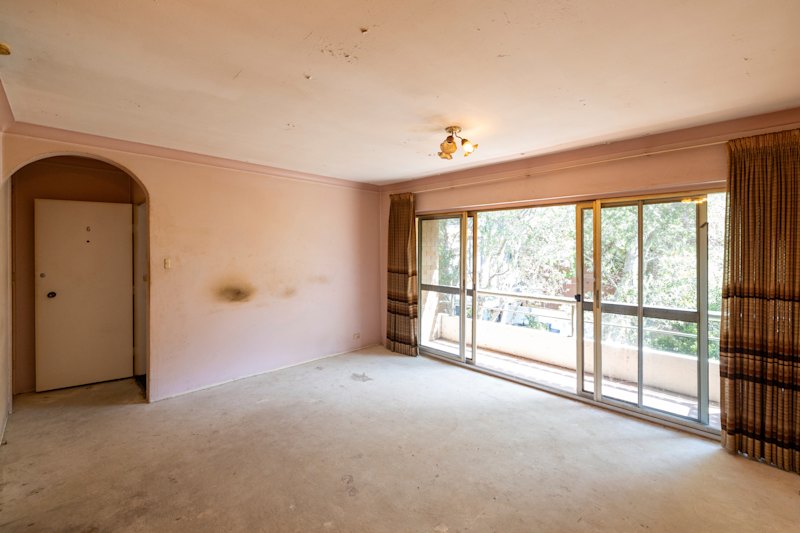First-home dilemma: Start small and upsize later or buy your dream home now?
When Molly O’Neill was looking for her first property, she wanted to go all-in on a something she could call her forever home, without having to worry about the costs of upgrading later.
Kim Reddy, on the other hand, was also on the hunt for her first home but simply wanted to gain access to the property market, regardless of the home’s size.
It’s a dilemma some first-home buyers face these days: should you start small and upsize later or go all-in and buy the biggest home you can afford?
Against a backdrop of high interest rates, inflation and the cost-of-living crisis – coupled with record house prices across Australia’s combined capitals ($1.113 million median), saving for a deposit is extraordinarily difficult.
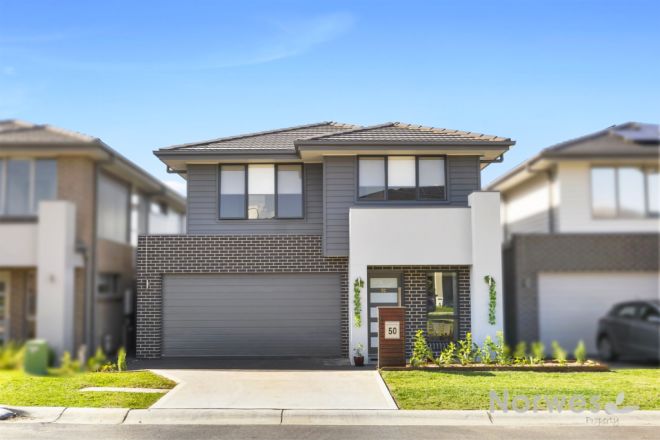
According to the latest Domain First-Home Buyer Report, the time it takes to save a 20 per cent deposit for an entry-priced house, nationally, takes five years and one month.
That time blows out to six years and eight months in Sydney, five years and five months in Melbourne, and five years and two months in Brisbane.
While there is no right or wrong regarding how home buyers should enter the market, Domain chief of research and economics Dr Nicola Powell says both scenarios have pros and cons.
Should you buy small and upsize later?
Powell says having a stake in home ownership offers significant advantages, such as not having to pay someone else’s mortgage.
“When you’ve got skin in the game, what that’s opened up is the opportunity to hopefully build up equity within that home over time – even if you purchased something smaller to start with,” she says. “It also means you’re not spending dead money on rent.”
However, mortgage broker Matt Turner of GSC Finance Solutions says the risk of buying small to upsize later is “buying the wrong first home”.
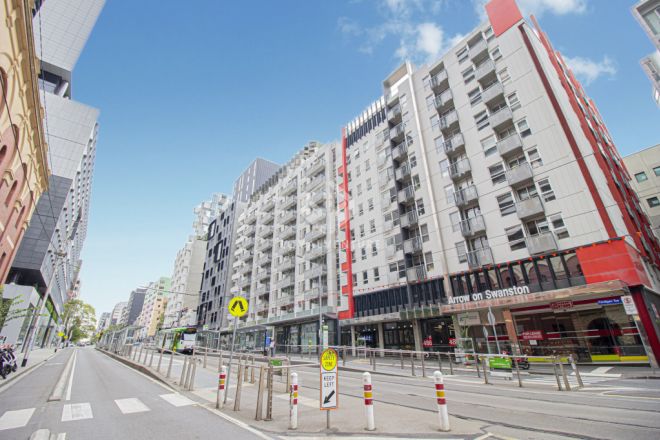
“You only get one shot at being a first-home buyer,” Turner says. “Depending on where the market is at the time you decide to upsize, you might have to pay [lenders] mortgage insurance on top if you don’t have the capital growth in the property. It can be very costly if you want to buy your own home too soon.”
When Reddy and her husband, Adrian, bought their first home in Craigmore, north of Adelaide, they stayed there for 18 years before they managed to upsize.
While buying their first property was a dream come true, it also came with some compromises. The couple took out a 95 per cent loan and had to pay lender’s mortgage insurance at the time.
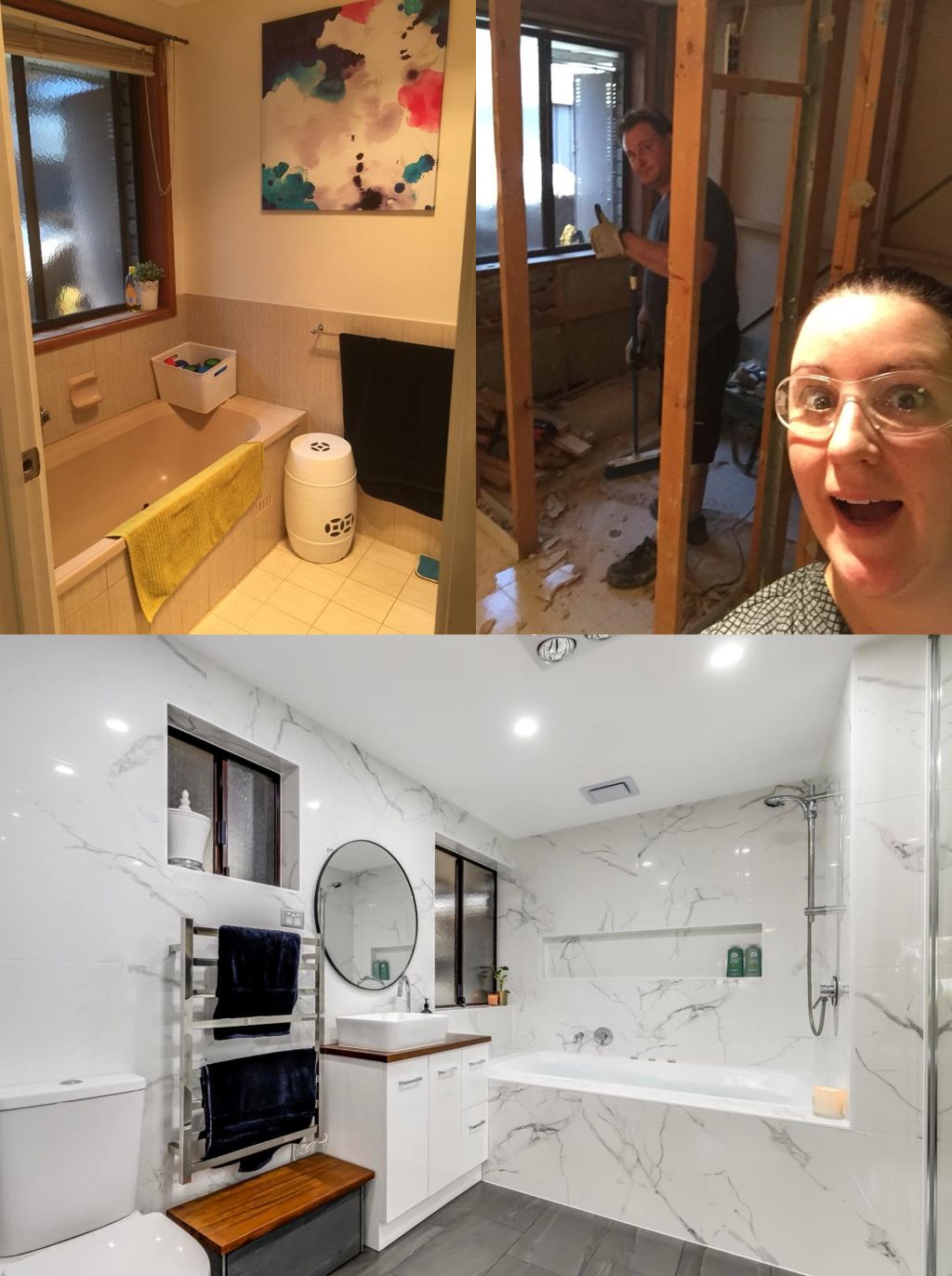
“At the time, we had about $10,000 saved as our house deposit and used that to purchase a little three-bedroom, one-bathroom property for about $189,000,” Reddy says. “The only problem was that it was an hour from the city, where I worked.
“I would have to catch a bus to the train station into the city, then catch another bus to work. I did that for about nine years.
“It wasn’t the best house, either. It didn’t look great – it was like a hoarder’s home. But we managed and that was the sacrifice we were willing to make just to get our foot in the door.”
The couple were only in their early 20s when they became home owners but had the foresight to buy something big enough for a family later on, Reddy adds.
Over the years, the couple made improvements to the house including renovating the kitchen, bathrooms and facade, hoping that it would “pay off over time”.
“And it did … when COVID happened, of course, the housing market boomed and then we wanted to upsize but unfortunately the only way we were able to do that is if we sold our first property, which we did,” Reddy says.
While the couple opted to live further away from the CBD in order to afford the purchase, many first-home buyers also opt for an apartment as their first property, particularly as the gap between a house and an apartment continues to widen.
According to the latest Domain House Price Report, the gap between unit and house prices across the combined capitals is $474,997, with different cities recording even wider discrepancies – including Sydney, where the gap is $821,488.
“It’s extraordinarily challenging for anybody who’s in a unit to upsize to a house,” Powell says. “But for those hoping to make that property purchase, a unit is usually that first step into home ownership.”
Should you go all in and buy the biggest house you can afford?
Molly O’Neill, 30, wanted to avoid having to upgrade later – she was in it for the long haul from the start.
“I wanted to buy a place I could be in for the next 20 or so years,” she says. “I really hate moving, I’ve moved quite a lot so I wanted somewhere I could settle in for the long term.”
O’Neill moved to Australia from the UK in 2019 and saved for three to four years to buy her Sydney property. She also received financial help from family to help with the deposit.
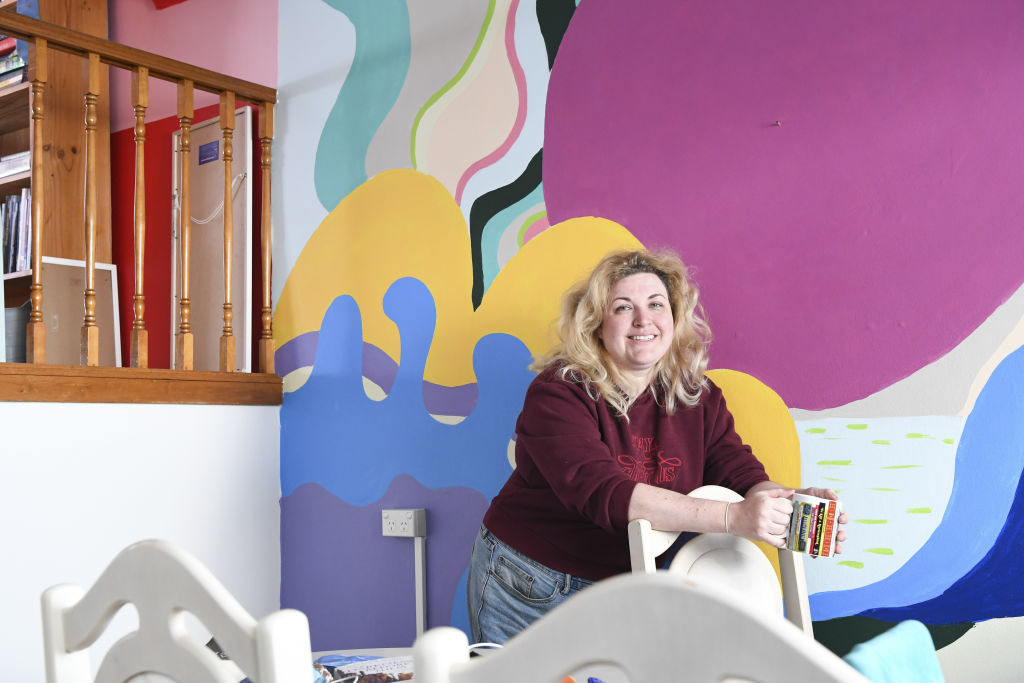
“I did get money from my family but I also worked in a high-paying job in the UK before moving here,” she says. “I’d work 12 days on and 2 days off for three years so when I moved to Sydney, I had a bit of savings in the bank that I was able to use.
“I could have bought a one-bedroom studio apartment sooner but I wanted something big enough that had a garden, within close distance to a station that could take me directly to the city and something with a home office … so I decided to save a little longer.”
After six months of hunting, O’Neill bought a two-bedroom townhouse in Hurstville for $861,000.
“I don’t have to worry about selling prices because I’ll be living here for a very long time,” she says. “What’s great about having no plans to upsize is that I can really decorate it however I like.
“I love colours so I’ve gone all out on the colours on my walls. I wouldn’t necessarily have done that if I knew I was only going to be here for two to three years.”
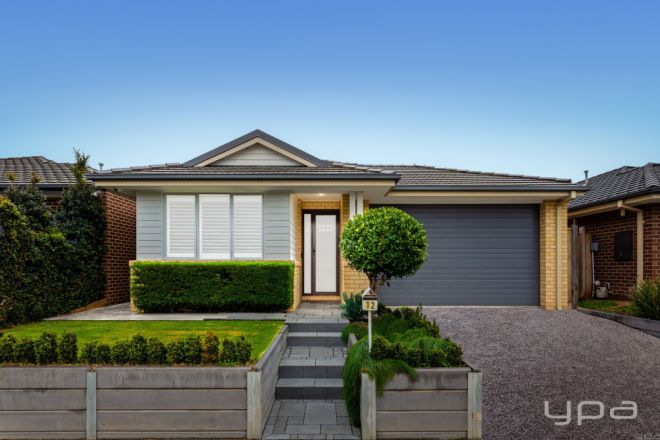
As a broker, Matt Turner says buyers who purchase with the intention of remaining in the home for longer periods of time often have to spend many more years saving to get there.
“We’ve had clients who have saved for more than 10 years trying to get their deposit together so they can borrow as much as they can and buy the best home possible for themselves,” he says.
“But ultimately, buyers are borrowing as much as they can, regardless of their savings amount to secure that first property.
“We are advising buyers, however, to take into account what their circumstances will be like in the future so some buyers purchase now because upsizing later could be an expensive exercise.”
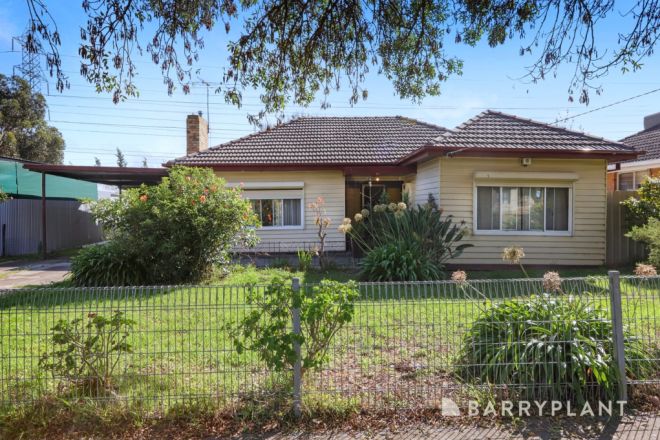
Powell says those who opt to save for longer are being strategic but could have to play catch-up in a market where property prices are on the rise.
“If you’re saving for longer periods of time, you could see a falling market where prices are dropping so you might be able to time your purchase to when the market is softer,” she says.
“On the flip side, however, you could be playing the catch-up game when there is price growth so it could mean that that savings goal is being pushed further and further afield.”
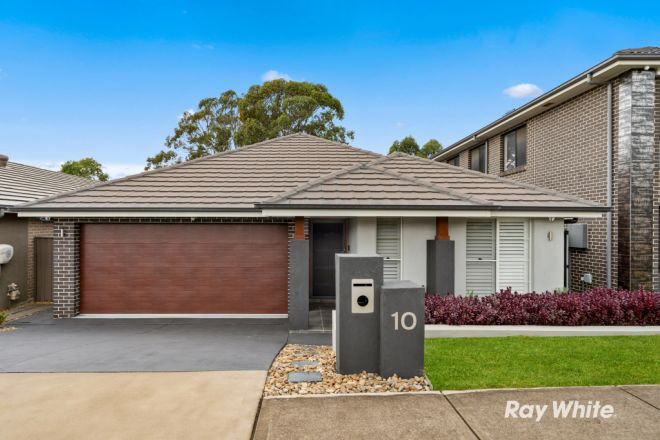
However, those who buy a long-term home now don’t have to worry about the costs involved for those who buy small to upsize later.
“You’ve got to price in the stamp duty that’s going to be involved, the moving and legal costs and everything associated with buying and selling a property when you come to offload that property and upsize,” she says.
Stamp duty varies from state to state. Based on Sydney’s median house price of $1,627,625, the stamp duty there is $72,578.50. On Melbourne’s median of $1,032,020, it is $56,761, and on Brisbane’s median of $924,498, it is $27,452.50.
According to the latest Domain Tenure and Profit Report, Australians are staying longer in homes that might not necessarily suit their needs, put off moving by housing affordability, stamp duty, worries about not making enough money on a sale, and the prospect of not finding anything better.
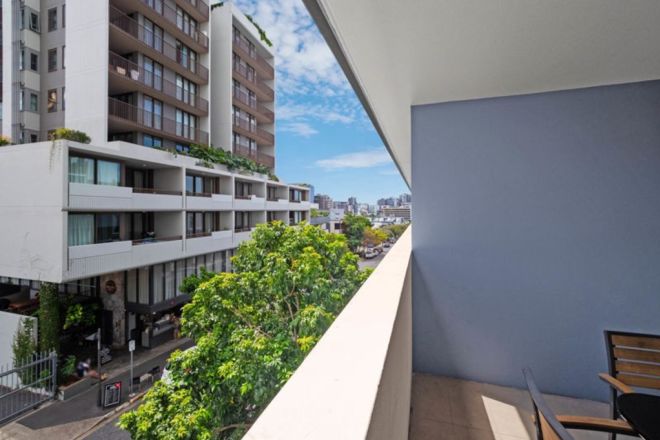
The median length of tenure for houses has risen from seven years in 2013 to nine years, and units from six years to eight.
“Australians are staying in their homes for a lot longer and I think one the things buyers are having to consider is what the next five years are going to look like for them and what type of home would suit them,” Powell says.
“It doesn’t mean there is a right or wrong way to home ownership. It really depends on each individual circumstances, the timing of that purchase and the quality of home that they purchase.”
We recommend
We thought you might like
States
Capital Cities
Capital Cities - Rentals
Popular Areas
Allhomes
More
- © 2025, CoStar Group Inc.
